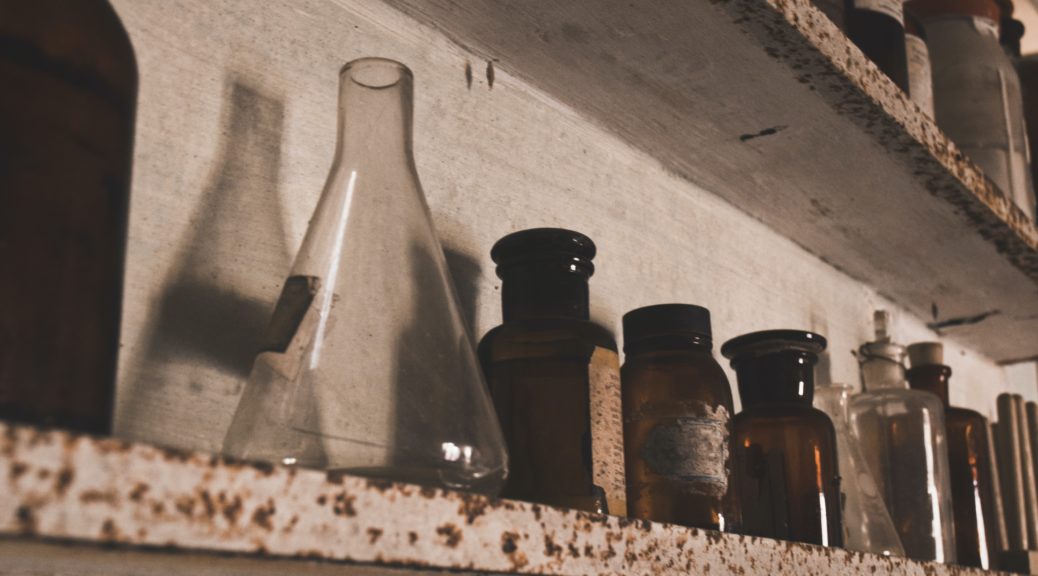
Microbiota in subacute mastitis
In acute mastitis, we talk about macrobiota. Subacute mastitis is associated with bacterial overgrowth of coagulase-negative staphylococci, such as Staphylococcus epidermidis, and streptococci of the viridans and mitis groups, such as Streptococcus mitis or Streptococcus salivarius2,3. Even so, the aetiology and diagnosis of subacute mastitis are controversial. Some authors point to underdiagnosis of this type of mastitis, which could lead to early weaning due to pain or long-lasting discomfort. Therefore, more studies providing evidence on the aetiology of subacute mastitis are urgently needed.
The publication ‘Human milk microbiota in sub-acute lactational mastitis induces inflammation and undergoes changes in composition, diversity and load’ (1) provides new evidence on the etiopathogenesis of subacute mastitis.
This new study aims to investigate the bacterial composition in breastmilk in mothers suffering from subacute mastitis, taking into account total and active bacteria (measured by DNA and 16S rRNA gene sequencing, respectively) to better characterize the aetiology of the disease.
Fifty-one women participated in the study, of whom 24 had subacute mastitis, 3 had acute mastitis, and the remaining 24 were healthy women with the absence of any mammary pathology.
Milk samples for the study were collected between 9 and 90 days postpartum at two points, during the presence of symptoms and after the cessation of symptoms. The most significant results of the study are:
- Bacterial load increases significantly during the episode of subacute mastitis. Although bacterial load decreases with symptom cession, it persists significantly high compared to control samples. Therefore, normalization of the bacterial load is not immediate and is delayed beyond the disappearance of symptoms.
- Bacterial diversity in breastmilk decreases during subacute mastitis. This diversity is not restored once mastitis symptoms have disappeared.
- Streptococcus and Staphylococcus were the most abundant bacterial genera in breastmilk.
- Streptococcus mitis/oralis, Streptococcus salivarius, Acinetobacter johnsonii, Streptococcus lactarius, Staphylococcus epidermidis and Rothia mucilaginosa were the most abundant bacterial species in breastmilk.
- Staphylococcus aureus, Streptococcus lactarius were the most active bacterial species during subacute mastitis. Although Corynebacterium kroppenstedtii and Prevotella nanceiensis species were also increased.
- Higher levels of Acinetobacter johnsonii, Pseudomonas viridiflava, Corynebacterium simulans, Paracoccus marcusii, Pseudomonas fragi and Acinetobacter lwoffii were observed in healthy milk samples. In contrast, during subacute mastitis, higher levels of Corynebacterium kroppenstedtii, Staphylococcus aureus and Prevotella nanceiensis were observed.
The study offers new knowledge on the bacterial aetiology of subacute mastitis, although it has certain limitations in the design of the study, such as the lack of comparison between healthy milk and milk with subacute mastitis among the same women, in this way the variability between groups would be reduced and the comparison would be closer to reality. Another limitation is the time of milk collection once the symptoms of subacute mastitis have ceased since the results clearly show that once there are no symptoms, the microbiome has not yet been re-established. It would be interesting to include more milk collection points once there are no symptoms of subacute mastitis in future studies to study how long it takes for the microbiome to re-establish itself or if it is completely re-established.
References:
- Boix-Amorós A, Hernández-Aguilar MT, Artacho A, Collado MC, Mira A. Human milk microbiota in sub-acute lactational mastitis induces inflammation and undergoes changes in composition, diversity and load. Sci Rep. 2020 Dec 1;10(1).
- Fernández L, Rodríguez JM. Mastitis, el lado oscuro de la lactancia. Microbiota mamaria: De la fisiología a la mastitis. Probisearch; 2014.
- Contreras GA, Rodríguez JM. Mastitis: Comparative etiology and epidemiology. J Mammary Gland Biol Neoplasia. 2011 Dec 27;16(4):339–56.